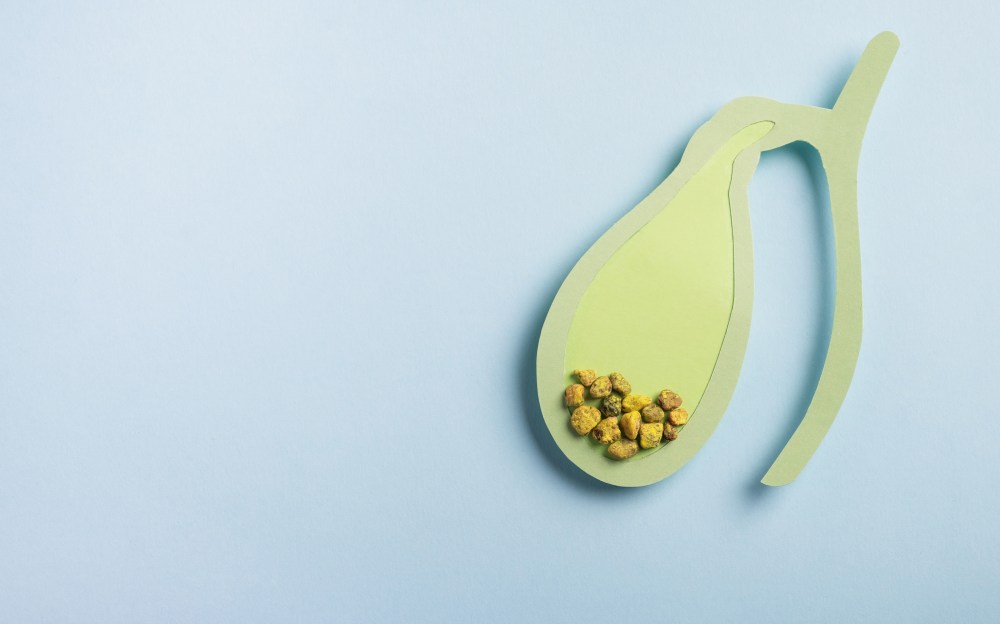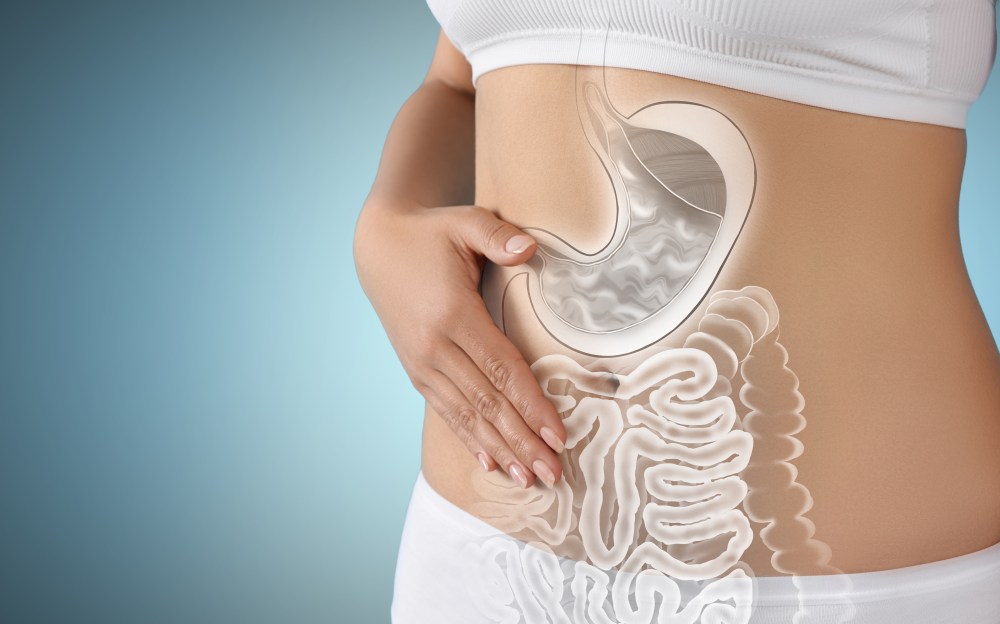At a glance
Bile is an essential digestive fluid that helps your body absorb fats and fat-soluble vitamins. A bile deficiency can lead to digestive issues, such as bloating, fatty stools, and poor nutrient absorption. Understanding the causes and symptoms of bile deficiency is key to restoring healthy bile production and supporting optimal digestion.
Bile is a vital digestive fluid that plays a crucial role in dietary fat metabolism and the absorption of fat-soluble nutrients.
Bile deficiency, a condition known as cholestasis, can impair fat digestion and cause various digestive problems, including bloating, gas, and diarrhea, especially after consuming fatty foods.
Learn about the importance of bile for digestive and overall health and discover simple but effective steps to support bile production naturally.
What is bile?
Bile is a thick, yellow-green digestive fluid produced by the liver and stored in the gallbladder, a pear-shaped organ located beneath the liver.
Bile comprises several compounds, including bile acids, bile salts, cholesterol, water, bilirubin, and various metabolic waste products.
Liver cells produce bile, which flows through tiny channels into the common bile duct and is directed to the gallbladder for storage.
In the gallbladder, bile becomes more concentrated until the presence of dietary fats in a meal triggers the gallbladder to contract, releasing bile into the small intestine to aid in fat digestion and absorption.
Watch the video below to learn more about cholestasis.
Why is bile important?
Bile is an essential part of the digestive processes, facilitating the breakdown of dietary fats into fatty acids that can be efficiently absorbed in the small intestine.
Fat-soluble vitamins A, D, E, and K also require bile’s emulsifying properties to be absorbed into the bloodstream. This explains why maintaining optimal bile flow reduces the risk of fat-soluble vitamin deficiencies.
Additionally, bile acids have antimicrobial properties, which play a crucial role in maintaining microbial balance in the gastrointestinal tract.
Bile salts promote the growth of beneficial bacteria and help eliminate potential harmful microbes, which reduces the risk of small intestinal bacterial overgrowth (SIBO) and supports balanced immune functions.
Bile also facilitates the elimination of waste products from the liver, including excess cholesterol and bilirubin, a metabolic by-product of red blood cell breakdown.
Finally, bile promotes healthy stool consistency by enhancing fat digestion, which helps lubricate the colon and supports regular bowel movements.

Symptoms of bile deficiency
A bile deficiency can significantly disrupt digestive processes, potentially leading to uncomfortable symptoms and various health issues.
Common signs and symptoms of bile deficiency include:
- Abdominal pain
- Gas
- Bloating
- Constipation
- Fatty liver disease
- Light-colored or floating stool
- Gallstones
Those with a severe bile deficiency may also experience symptoms related to fat-soluble vitamin deficiencies, as well as unexplained weight loss due to the improper breakdown of dietary fats.
Difficulty seeing in dim light, commonly known as night blindness, is also associated with bile deficiency and the related lack of adequate vitamin A absorption.
Additionally, bone pain and lowered moods can be attributed to insufficient vitamin D levels, and a deficiency in vitamins E and K can cause dry skin, weak muscles, and bruising.
Jaundice may also occur in those with bile deficiency or a bile acid synthesis disorder. A lack of bile can disrupt the disposal of bilirubin, causing it to accumulate in the body and contribute to the yellowing of the skin and whites of the eyes.
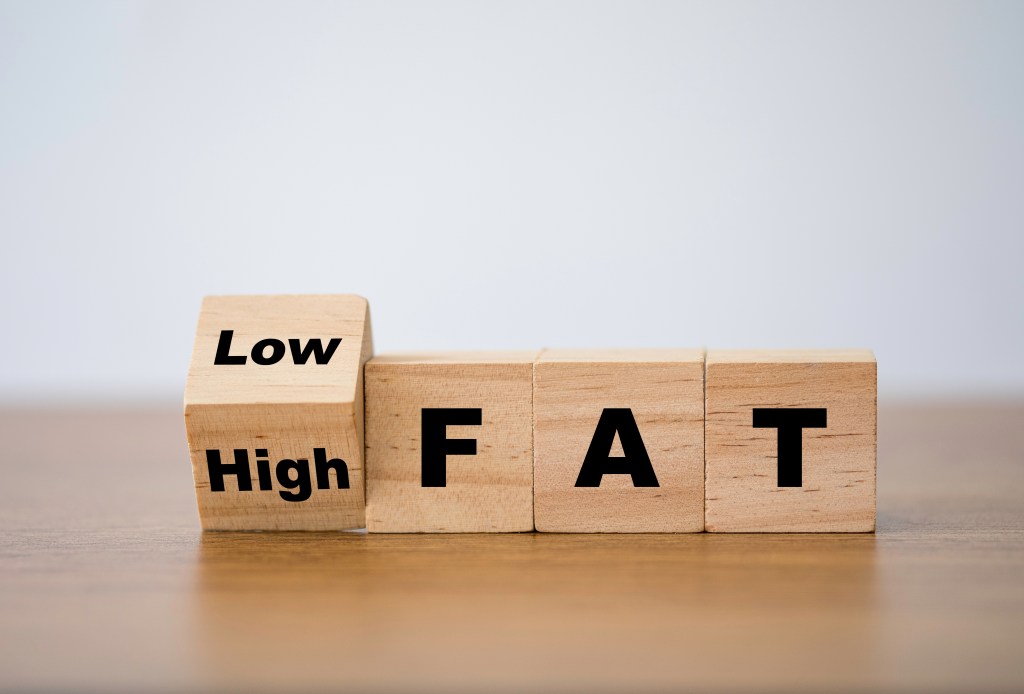
Causes of bile deficiency
Dietary habits, organ damage, surgical procedures, and chronic health conditions can impair digestive function by altering bile consistency and gallbladder function.
Here are six potential causes of bile deficiency.
1. A low-fat diet
Following a low-fat diet can cause bile deficiency by reducing the demand for bile secretion, which can cause cholesterol and other compounds to accumulate, causing bile to thicken.
Thick, stagnant bile, known as biliary sludge, also contributes to gallstones, bile duct blockages, and symptoms such as abdominal pain in the upper right rib cage.
2. Liver damage
A sluggish liver, often due to a high-carb, sugary diet or excessive alcohol intake, can decrease bile output, explaining why conditions such as non-alcoholic fatty liver disease (NAFLD) or cirrhosis increase the risk of bile deficiency.
Approximately 95 percent of bile is recycled through enterohepatic circulation, which causes bile acids to be reabsorbed into the liver after they’re released into the intestines for digestion.
Because bile is produced and recycled back into the liver, poor liver function can interfere with the reuptake of bile acids.
This has been confirmed by a study published in Gastroenterology, highlighting that individuals with cirrhosis had 46 percent fewer bile acids than those with healthy liver function.
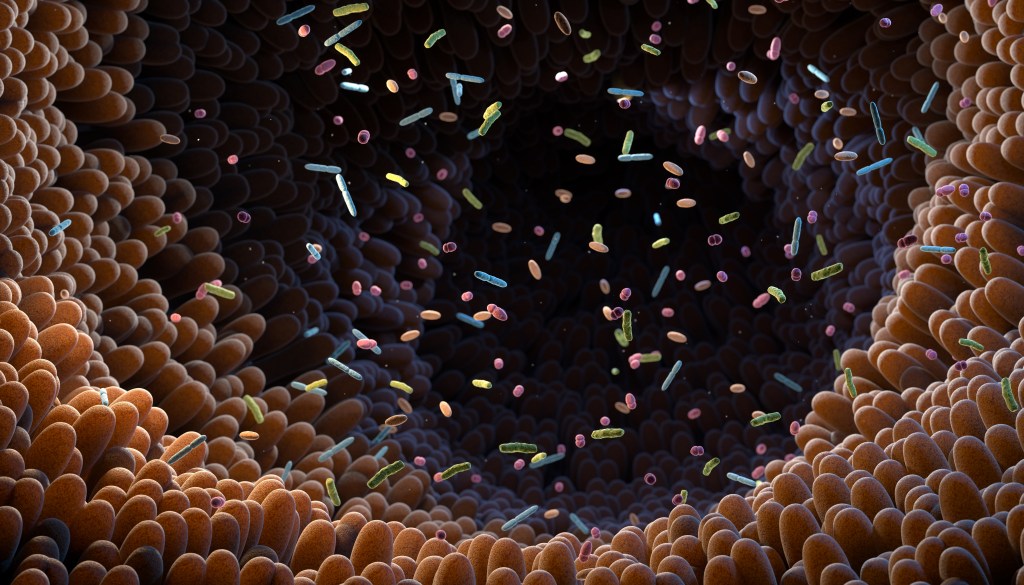
3. Imbalanced gut microbiome
Gut dysbiosis, caused by an imbalance of beneficial and harmful bacteria in the gut microbiome, can contribute to bile deficiency due to the role of intestinal microbes in recycling bile acids.
A healthy microbiome is essential for supporting bile production. Friendly bacteria deconjugate primary and secondary bile acids, enabling their reabsorption into the bloodstream and return to the liver.
4. Cholecystectomy
Although the gallbladder isn’t an essential organ, it stores and concentrates bile for optimal fat metabolism.
A cholecystectomy, or gallbladder removal procedure, prevents bile from concentrating and causes a constant flow of bile from the liver into the intestines.
This can lead to incomplete fat digestion and side effects such as floating stool, diarrhea, and nutritional deficiencies.
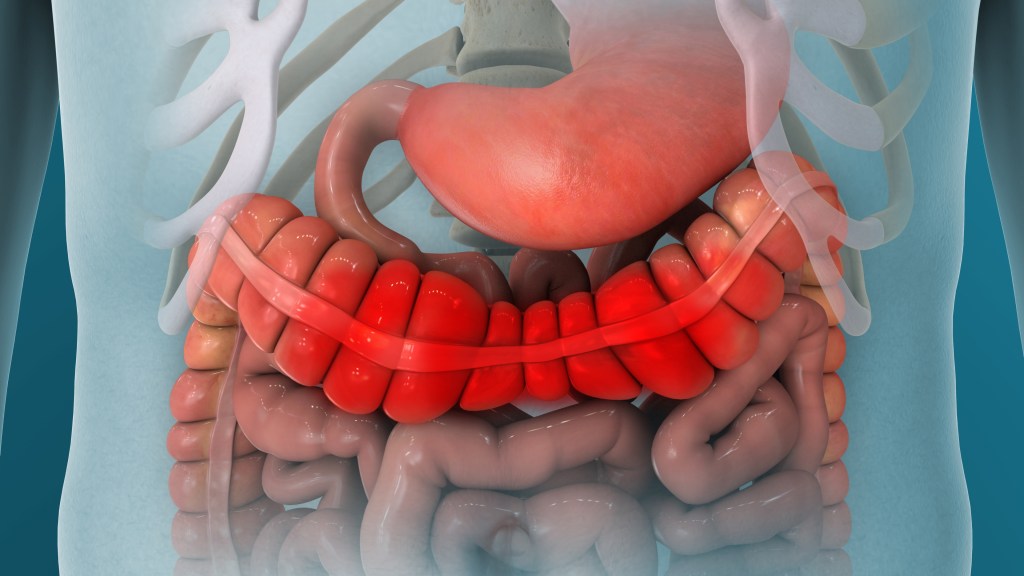
5. Poor gut health
In a healthy body, the bile acids are reabsorbed in the final section of the small intestine, known as the terminal ileum, and transported back to the liver for recycling.
However, poor gut health and gastrointestinal disorders, such as Crohn’s disease or irritable bowel syndrome (IBS), increase the risk of bile acid malabsorption by disrupting the enterohepatic circulation process.
Research published in Alimentary Pharmacology and Therapeutics found that one-third of IBS patients report loose stools, which is believed to be linked to poor bile salt metabolism and bile acid diarrhea.
6. Estrogen dominance
High levels of estrogen, often related to pregnancy, contraceptive use, or hormone replacement therapy, may disrupt bile flow and contribute to bile thickening or stagnation. This can increase the risk of gallbladder sludge, gallstones, and impaired fat digestion.
Evidence published in Frontiers in Pharmacology summarizes “The excess of estrogens can lead to decreased bile flow, toxic bile acid accumulation, subsequently causing intrahepatic cholestasis.”
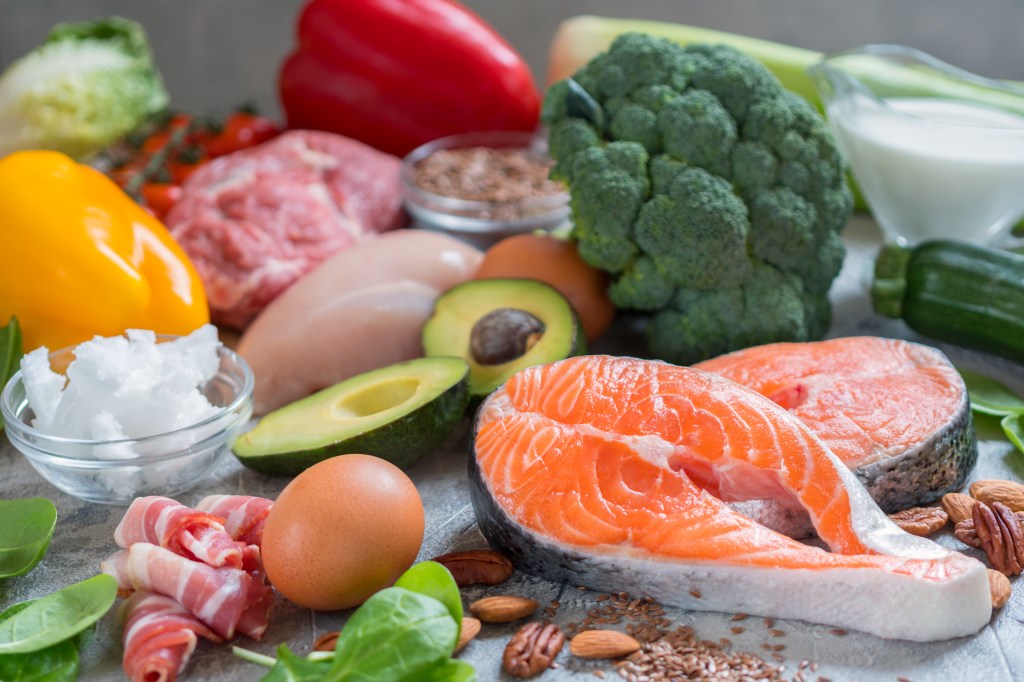
How to support bile production and absorption
If your digestive system lacks adequate amounts of bile salts, it can’t properly break down food into bioavailable nutrients. Fortunately, there are several natural ways to support bile production and absorption.
Here are four helpful habits to incorporate into your lifestyle.
1. Include healthy fats
Healthy fats, such as olive oil, fatty cuts of grass-fed meat, oily fish, nuts, and seeds, encourage regular bile movement and reduce the risk of bile sludge.
“Beneficial saturated fats from animal products stimulate the gallbladder to release bile,” explains Dr. Berg. “Without sufficient amounts of fats, the gallbladder doesn’t empty properly, which can lead to bile stagnation.”
2. Avoid ultra-processed foods
Refined carbohydrates and sugars can damage and strain liver function, resulting in inefficient bile synthesis.
Additionally, a diet high in carbohydrates can contribute to fatty liver disease by contributing to continuous insulin release. Insulin is a glucose-regulating hormone that also promotes fat storage, which can increase the buildup of fatty acids in liver cells.
Reducing carbohydrate consumption prevents rapid elevations in blood sugar and insulin levels, which allows the body to burn visceral fat around the liver and other vital organs, supporting optimal liver function and bile salt production.

3. Stay hydrated
Bile consists of approximately 95 percent water, which explains why proper hydration is essential for maintaining bile fluidity, needed to support smooth bile flow through the bile ducts and intestines.
4. Consume choline-rich foods
Choline is an important nutrient that’s converted into acetylcholine, a neurotransmitter that stimulates digestive nerves to contract the gallbladder and release bile into the small intestine.
Choline also boosts biliary cholesterol secretion, which may reduce the risk of gallstones and support the body’s cholesterol balance.
Eggs, cruciferous vegetables such as broccoli and Brussels sprouts, meat, fish, and poultry are good sources of choline and should regularly be included in a bile-supportive diet.

When to talk to your doctor
If you develop symptoms indicative of bile deficiency, it’s crucial to consult a healthcare provider.
A doctor can diagnose bile salt malabsorption with blood tests and a fecal bile acid excretion test, which measures bile acid content in a 48-hour fecal collection. Elevated bile acids in stool typically indicate that bile isn’t being reabsorbed and recycled.
Your doctor may also rule out other malabsorptive conditions, which can lead to symptoms similar to those of gallbladder disease or gallstones.
Conventional treatments typically include bile salt replacement therapy for low bile production or bile acid sequestrants in cases of excess bile acids. These medications bind to bile acids in the intestines, helping to reduce gastrointestinal symptoms such as diarrhea and irritation.
Key takeaways
- Bile deficiency occurs when bile flow is sluggish or blocked, which impairs fat digestion and nutrient absorption.
- Common symptoms of bile deficiency include bloating, gas, abdominal pain, floating stool, and poor absorption of fat-soluble vitamins.
- Poor bile flow can be caused by a low-fat diet, liver damage, gallbladder removal, poor gut health, and estrogen imbalance.
- Supporting bile production naturally involves eating healthy fats, limiting refined carbs, staying hydrated, and consuming choline-rich foods.
- Choline-rich foods, such as eggs and organ meats, support gallbladder health and bile flow, and should be regularly included in a bile-supportive diet.
FAQ
1. What are the symptoms of bile deficiency?
Common bile deficiency symptoms include abdominal pain, gas, bloating, irregular bowel movements, gallstones, and light-colored or floating stool.
In addition, bile deficiency can lead to fat-soluble vitamin deficiencies linked to night blindness, bone pain, mood disorders, dry skin, weak muscles, and bruising.
2. How is a bile deficiency diagnosed?
Bile salt malabsorption is typically diagnosed with blood tests or a fecal bile acid excretion test, which measures bile acid content in a 48-hour fecal collection. If your bile acids are elevated, this could indicate that bile salts aren’t effectively reabsorbed in your intestinal tract.
3. How do you fix a bile deficiency?
Consuming a diet rich in healthy fats and limiting refined sugars and carbohydrates can support liver and gallbladder health, boost bile production, and enhance digestive functions.
Additionally, staying hydrated, consuming plenty of non-starchy vegetables, and prioritizing food rich in choline can help thin bile, promote optimal flow, and reduce the risk of sludge.
4. Does diet affect bile production?
Yes, diet has a direct effect on bile production and consistency. A high-fat diet increases the demand for bile to help break down dietary fats, while a low-fat diet suppresses production.
A low-fat diet can cause bile to stagnate and thicken, leading to symptoms such as pain under the right ribcage, indigestion after fatty meals, bloating, and general gut discomfort after eating.
Sources
- https://www.gastrojournal.org/article/S0016-5085(71)80053-7/fulltext
- https://pubmed.ncbi.nlm.nih.gov/19570102/
- https://pmc.ncbi.nlm.nih.gov/articles/PMC8606790/


